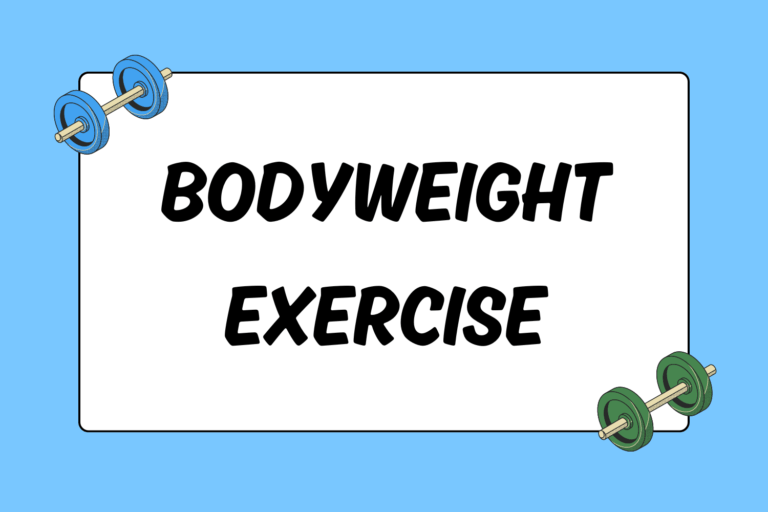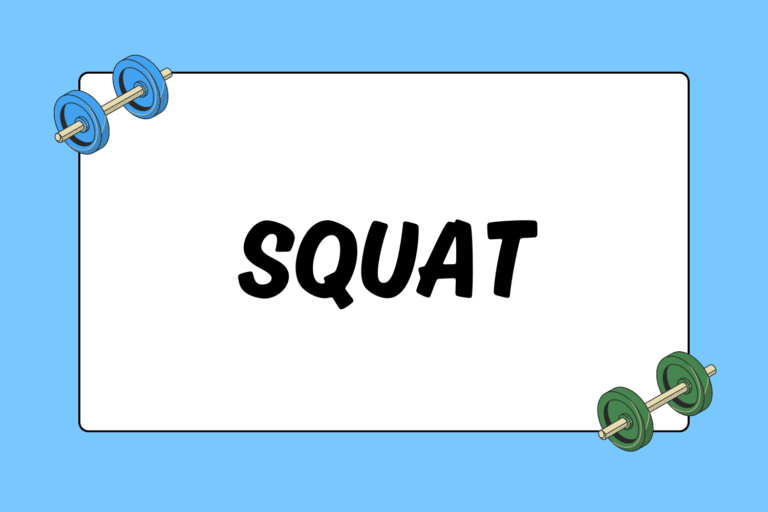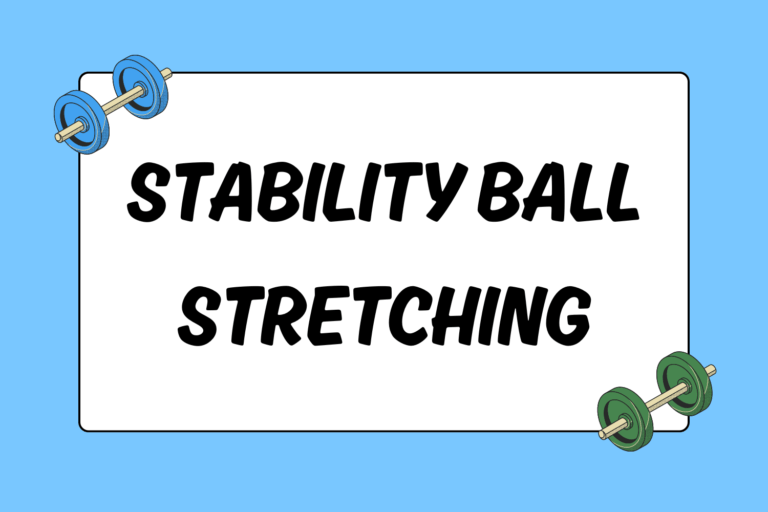The barbell bench press is one of the most celebrated lifts in fitness. From action movie montages to sophomoric masculinity tests, the bench press has a rich history in gym culture. Despite its popularity, the barbell bench press has recently come under serious scrutiny, as cynics blame the exercise for an increase in nagging shoulder injuries among weight lifters. This criticism, however, is most likely due to improper technique or progressing through the exercise too quickly.
This guide dispels these myths and provides you with the proper knowledge to get the most out of the king of all upper body lifts: The bench press.
Main Muscle Groups
The primary muscles used in the bench press are the chest (pectoralis major), shoulders (deltoids), and back of the arms (triceps).
Even though the bench press is primarily considered an upper body exercise, it actually requires the entire body to stabilize the bar during the movement. The following sections provide a joint-by-joint breakdown that teaches you how to properly bench press:
Hand Placement
First, identify which grip is best for you. Doing so takes some experimentation, since each person’s limb length is different. A good rule of thumb is to have your forearms perpendicular to the ground at the bottom position of the lift. When in doubt, it’s better to use a narrow grip rather than a wide one. Too wide of a grip will cause undue stress on the shoulders.
Additionally, maintain a tight grip on the bar throughout the movement. This tension helps recruit more muscle fibers in the arms, chest, and back while also stabilizing the bar during the lift. If the body senses that there is slack in the line from muscles that aren’t contracted, then it will try to shut down the body to protect itself. Tension in the entire body throughout the lift, starting with the grip, ensures a stronger lift while also protecting the joints.
Hot Tip: Use Your Thumbs
As a safety precaution, keep your thumb wrapped around the bar in case you lose your grip — after all, you don’t want the bar to fall on your face.
Wrist & Arm Position
Many weight lifters commit a common and costly error: They do not keep their wrist in a neutral position during the lift. Incorrect wrist positioning puts stress on the wrist joint and does not transfer the load to the rest of the arm.
Keep your elbows tucked in towards your sides with a 45-degree angle from the upper arm to the torso. If your elbows are too far away from your torso, you’ll put undue stress on your shoulders. When in doubt, keep your elbows closer to your torso rather than farther away.
Torso position
Keep your chest up throughout the entire movement with your spine fully extended. Imagine yourself pushing your ribcage up to the ceiling. Your back muscles should be contracted and, when done correctly, there should be space between the bench and your spine as your spine arches. This position provides a firm foundation for your back, shoulder, and arm muscles to work effectively. Finally, make sure to keep your butt on the bench to aid in stability.
Shoulder Position
Your shoulders need to be pinched back together and down. Imagine someone putting a pencil in between your shoulder blades while you try to squeeze and hold the pencil in place during the lift without it falling.
Additionally, you need to engage your latissimus dorsi muscle by pulling the shoulder blades down. It’s very common to shrug the shoulders up, because the muscles in the lower part of the shoulder blades are often weak. Touch the muscle directly underneath your armpit and towards your back to gauge whether or not you are properly engaging your lats. If that muscle is soft (not contracted), then you are not properly engaging your lats. As a result, you’ll lose stability and can potentially injure your shoulders as the weights get heavier.
Hot Tip: Good Back Position
If you are not able to maintain this “down and back” position of the shoulders throughout the entire movement, then lower the weight while also adding some accessory back exercises to you routine, such as pullups, lat pulldowns, and rowing variations.
Hip & Leg Position
Again, your butt should stay on the bench throughout the entire movement to ensure stability and safety. From here you want to contract and hold your glutes while keeping your feet firmly pressed into the floor. This form also improves stability throughout the movement by preventing any twisting of the trunk.
Time to Lift
Now that each joint position has been addressed, here’s how to perform the lift itself:
- Unrack the bar and take a deep breath.
- Lower the bar to the top of the chest without collapsing the chest (remember to maintain that lifted chest position/spine arched).
- Pull the bar down to the bottom of the sternum while keeping a tight grip with your hands. This pulling action engages the back muscles and also maintains tension throughout the entire body.
- As the bar reaches the sternum, pause for a second without letting the bar bounce off the chest.
- Drive your feet into the floor and exhale as you press the weight back up to the starting position.
- Repeat for the desired amount of repetitions.
Final Points
It takes considerable practice to get all of your muscles working together, as you may notice certain muscles will want to relax during the movement. It’s best to practice with an empty bar until you are able to coordinate everything together as a unit. If you feel pain during the movement, consult a physician and a fitness professional for modifications to the exercise.
Aside from perfecting your technique, add some assistance exercises like pushups, pullups, chinups, lat pulldowns, and rows to your routine. These exercises aid in the quest to bigger numbers in the bench press, while also keeping the joints and muscles healthy.






